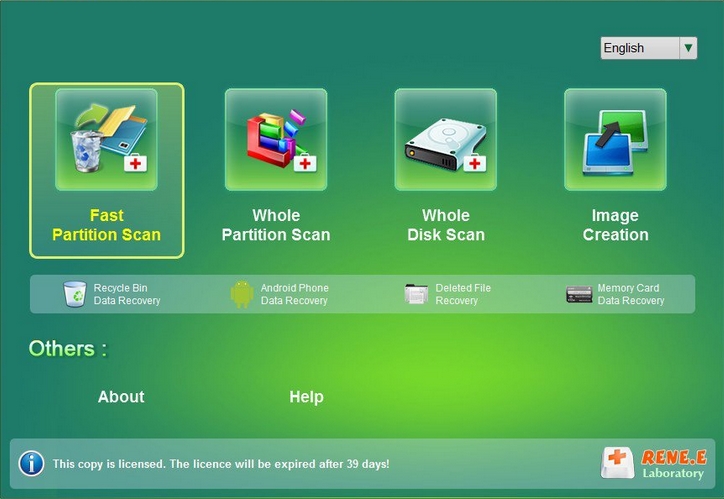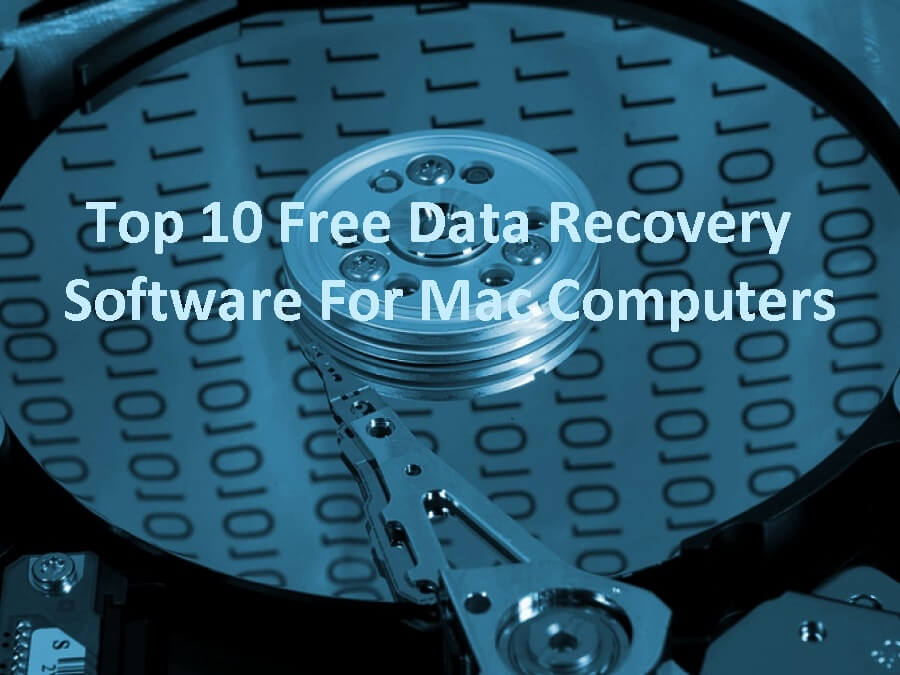Edward Mendelson The Best Data Recovery Software of 2018 Don't panic. Data recovery software is your best (and sometimes only) hope of getting lost files back.
We test and pick the best utilities for both Macs and PCs. You've Lost a File, Now What? Nothing can make you feel more helpless than trying to rescue a file from a failing PC, Mac, or external drive. Maybe it's the trove of family photos that suddenly can't be found in its folder, or the important documents you scanned and saved as PDFs to a now-failing hard drive. Whatever the case, you'll do anything— anything—to get those files back.
Relax; you don't have to offer up your firstborn or a kidney to do so. A Data recovery may be just the solution you need to get you out of the pickle you find yourself in. What Can Data Recovery Software Can Do? Data recovery software can be almost miraculously useful in some situations, and entirely useless in others. The best of the file-recovery apps that we reviewed make it effortless to recover files from traditional spinning hard drives, flash drives, SD cards, and other forms of portable storage, including your phone.
They can also retrieve some or all of the data that you otherwise can't access on a failing CD or DVD disk. What they can't do—because no consumer-level software can do it—is recover a file that you deleted from the that's probably in your laptop if you bought it in the past year or so, and possibly in your desktop if it's also of recent vintage. For SSD data recovery, you'll need to send your disk to a recovery lab; more on that below. Many of the apps we reviewed have both Windows and Mac versions, and they may be priced slightly differently. Where data recovery software is most useful is when you mistakenly formatted a thumb drive or a media card without remembering to grab the files already stored there, or if you mistakenly deleted files from your phone. This is the kind of mishap that can happen to anyone.
Advanced users often get overeager about emptying the Recycle Bin, and want to get back files they didn't intend to delete forever. If you're using a traditional spinning hard drive, the best recovery software can restore those lost files. A few advanced users—you know who you are—have even deleted whole disk partitions by mistake when performing housekeeping on their hard disks. Again, with a traditional spinning hard drive, recovery software can bring it back in one piece. All these apps offer to recover lost or deleted files.
Some include the ability to make a disk image (or full clone) of a drive so that you can try to recover files from the image or clone instead of from the disk itself. This is an essential feature if you're trying to recover files from a disk that's physically failing, and may continue to fail if your recovery software keeps trying to read from it. Some data recovery apps also include the opposite of file recovery—permanent file deletion. When you want to make sure that no one can retrieve your data, you can tell these apps to overwrite the data with enough random bytes to make the original data unreadable.
Keep in mind that government agencies have tools that can retrieve data from almost anything, but these apps make it impractical even for expert thieves to recover private information from stolen or discarded disk drives. Where Software Fails, Labs May Succeed Several of the data recovery apps we reviewed come from companies that offer laboratory-based data recovery services—always at a high price.
If you can't recover data from your drive with an app, then you can consider getting it recovered by an in-lab service. All of these services claim to recover data even from SSDs.
We haven't tested these claims, but all these services won't charge you unless they actually retrieve your data, so it may be worth looking into them in case of real emergencies. Those services—Kroll, Prosoft, and Seagate—that offer mail-in recovery labs are noted in the table above, and you can read about the details of the particular offerings in the full reviews of those services. A Caveat About SSDs.
One failing that bothered us in all these apps—including our top picks—is that they didn't even warn us that we couldn't recover files from an SSD. It's easy for an app to tell whether a drive uses spinning-platter or SSD technology, and easy to tell whether TRIM technology is active in a drive. All of the software we reviewed, both on the Mac and PC, misleadingly told us that they were able to recover deleted files from SSDs—and then disappointed us by providing corrupt and unusable files instead of the ones we wanted. We hope that the next generation of data recovery software is redesigned to make it clear that we can't hope for file recovery on SSDs unless the deleted files are safely in the Recycle Bin—where, of course, they're easy to find without using recovery software. The reason that data recovery software can't recover data from SSDs is simple. Virtually all current SSDs use so-called TRIM technology that increases efficiency and disk life by clearing disk sectors that are not being used. One result of this is that the data can't be recovered by software, even if the file system retains its record of the sectors where the data used to be.

Data Recovery For Mac Free
With traditional spinning hard drives and USB flash drives, file recovery is relatively simple. Recovery software can find the location of a file's data even if you've emptied the Recycle Bin, often even if you've reformatted the disk. But once a file is deleted from an SSD, and the Recycle Bin has been emptied, there's no hope of ever getting that file back again, unless you have a backup somewhere. Which Data Recovery Software Do You Need?
Best Data Recovery Software For Mac
We found two Editors' Choice data recovery apps for Windows: Kroll Ontrack EasyRecovery and Stellar Phoenix Windows Data Recovery. Ontrack was the best performer in our tests, very slightly outclassing Stellar Phoenix in the number of files it recovered, but Stellar Phoenix has by far the best interface of anything we tried. On the Mac side Alsoft DiskWarrior is an Editors' Choice, for its ability to rebuild entire Mac directories. Prosoft Data Rescue is an excellent choice for getting back the odd document or spreadsheet that you accidentally deleted from your Mac. Lost data can cause financial problems and emotional heartache.
You probably have hundreds of photos and sound files that you can't bear to lose. A reliable backup system is the best option, but data recovery software is the second-best, and sometimes the only, choice available. Look into our suggestions now, so you'll be ready if disaster strikes. Once you've got your files back, you'll want to regularly back up your work.

Our roundups of the, the, and the are good places to start. Pros: High-powered, fast, full-featured file recovery. Exceptionally lucid and helpful interface. In-app previews of recovered files.
Recovers from CD/DVD drives. Creates disk image. Securely wipes data. Cons: Recovers slightly fewer deleted files than OnTrack or Prosoft's products. Bottom Line: For beginners and non-technical users, Stellar Phoenix Windows Data Recovery is the obvious first choice among data recovery software.
A beautifully designed, efficient interface makes the program a pleasure to use.
Fancy recovering files on your Mac, right? Some of your files that you need have gone missing from your computer? Can’t see the pictures that matter to you? Face troubles with accessing external USB drives or camera cards? Don’t worry - Disk Drill is your solution. This first rated data recovery app can bring any kind of data back regardless of the loss cause. Indeed, no matter whether your stuff has gone because of data corruption, unintended removal, and disk utility error, it will help.
What Is The Best Data Recovery Software For Mac
What’s also good, it can be useful in many other cases as well.